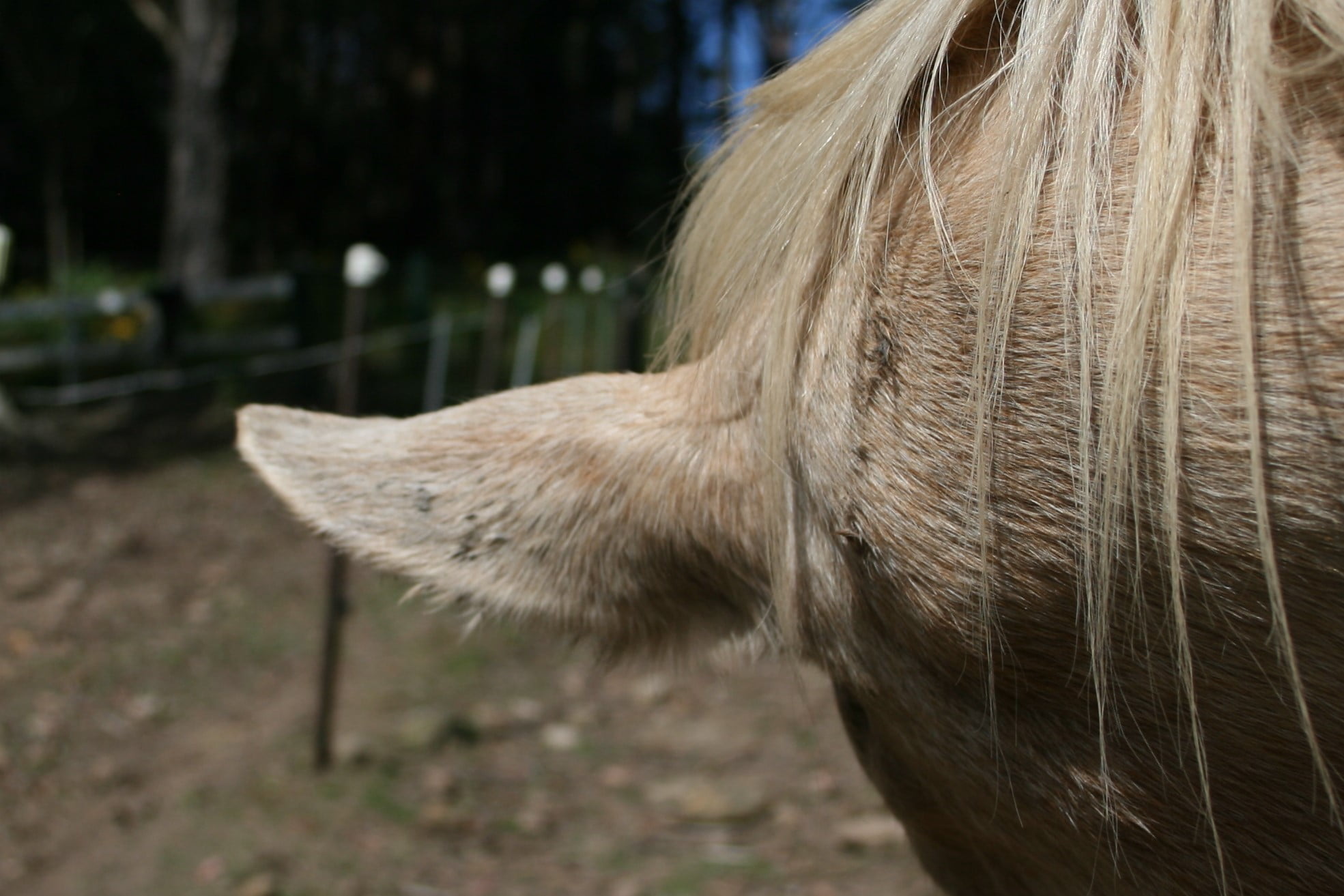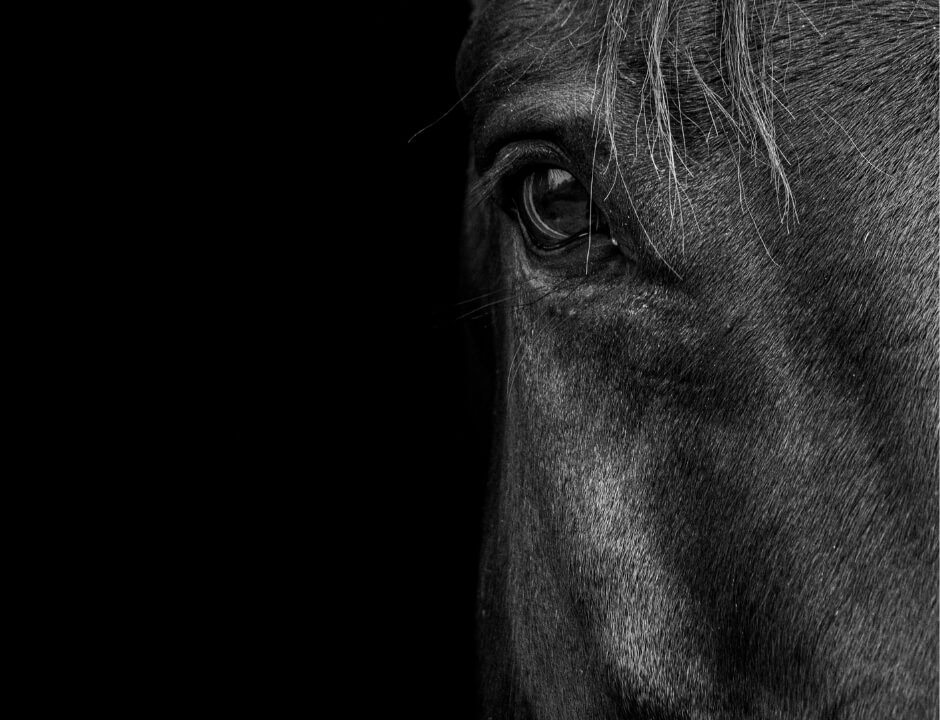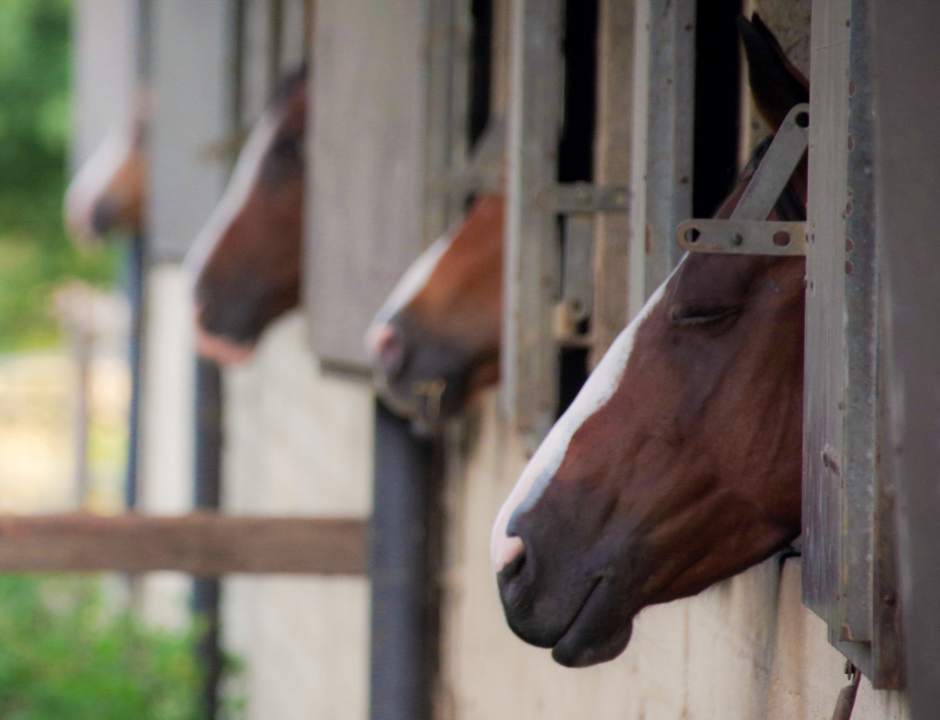Dermatophilus congolensis, more commonly known as Rain Scald, is a bacterial infection found in cows and horses. The bacteria latch onto a carrier horse and activate when the carrier’s skin is exposed to wet weather. Biting and non-biting flies, together with humidity and high moisture, cause infective zoospores to spread from one horse to another. The flies will bite and suck blood, damaging the skin and leaving small open wounds for infection to occur.
What should I look for?
The head, ears, neck, croup and saddle areas are most commonly affected as they are the most exposed in wet weather. The infected skin releases a discharge when drying causing the hair to mat and the infected area to crust over, forming a scabby-like appearance. When the crusts are lifted the skin below is often pink and bleeding. Some scabs will soften, making them easier to pull away from the skin. Be gentle when removing the crusts as this will be sore and uncomfortable for your horse.
Can it be treated?
When treating a horse with rain scald, it is important to keep the horse dry. This can be done through stabling or a light waterproof rug to prevent sweating. Do not put a wet rug on your horse as it will create moisture on the skin and contribute to the infection.
The scabs contain coccal (bacterial) cells that need to be removed so the skin can to start to heal. Using a separate brush, groom the infected area carefully by removing any loose hair and dirt. Next, rinse with warm water and lather the skin with an antiseptic soap such as povidone-iodine. Massage the area until completely coated. Leave the wash on for 10-15 minutes, then rinse off with warm water, removing as much water as possible and ensure the area is completely dry. Repeat daily, reducing medicated washes until the lesions have healed.
What can I do to protect my horse?
Affected horses should have their own rugs, grooming brushes and saddle cloths. These items should be separate from other horses and as dry as possible to reduce spreading and recurrence of the infection. Ensure your horse is always rugged as this will help to protect it from wet weather. A rug can also prevent flies and other insects from landing directly onto the skin. Insect repellent will also reduce small bite wounds and minimise the risk of infection.




